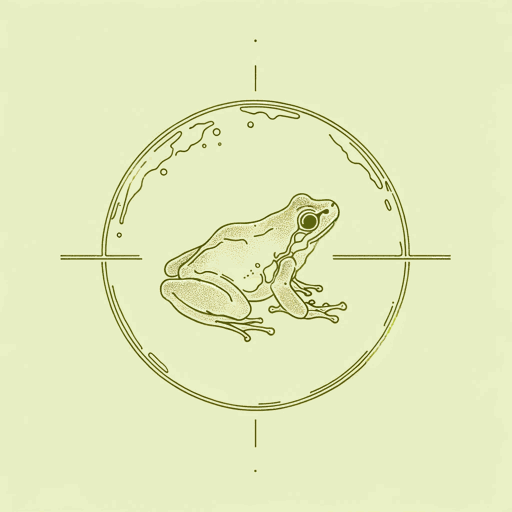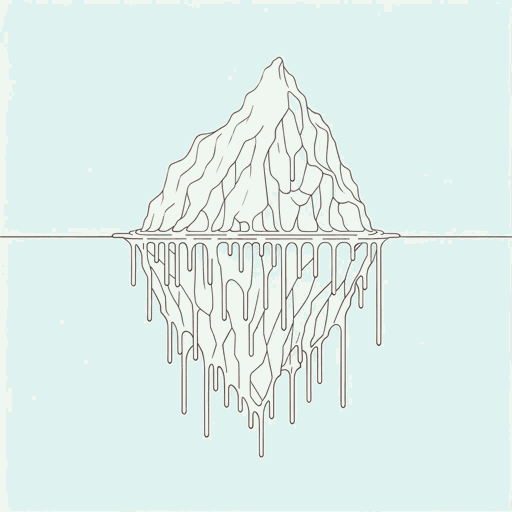49 pages • 1 hour read
Elizabeth KolbertThe Sixth Extinction: An Unnatural History (2014)
Nonfiction | Book | Adult | Published in 2014A modern alternative to SparkNotes and CliffsNotes, SuperSummary offers high-quality Study Guides with detailed chapter summaries and analysis of major themes, characters, and more.
Summary and Study Guide
Overview
The Sixth Extinction: An Unnatural History (2014) is a nonfiction book about the development, impact, and extinction of various species throughout the history of the world. Written by Elizabeth Kolbert, an American author, journalist, and Pulitzer Prize winner, the book focuses on Earth’s environmental, biological, and ecological aspects and how these factors impact the world and its inhabitants. Kolbert argues that we are currently in the process of experiencing a “Sixth Extinction” caused almost entirely by human beings. As proof of this phenomenon, Kolbert travels to the farthest reaches of the globe to research and examine examples of past mass extinction events and to connect them to the one she believes is now occurring. Further evidence of a human-induced extinction event is provided by Kolbert’s profile of a variety of species, some which are already extinct and some of which are on the verge of being eradicated.
In thirteen chapters, each of which focuses on different proofs of a modern extinction event, Kolbert visits and speaks with experts on a series of ecosystems and organisms from both the past and present. In the first chapter, she goes to Panama to examine the nearly extinct golden frog. Once a robust species, these frogs are dying because of an invasive fungus introduced by humans to their ecosystem. In this example, Kolbert immediately makes clear to the reader the dangers associated with invasive species. Chapter Two focuses on the American mastodon, a large, ancient mammal that went extinct because of a combination of human activities and a massive extinction event. The great auk featured in Chapter Three went extinct entirely because of man: hunted for its meat and feathers, it stood no chance of surviving when humans hunted it during mating season, when it was most vulnerable.
Chapter Four features the ammonites, survivors of the great meteor event that caused the extinction of many species at the end of the Cretaceous Period. Kolbert compares the effects of this natural event with the impact currently seen on the planet due to deforestation and industrialization. Chapter Five reviews the extinction of the graptolites, caused by changes in ocean chemistry as well as by rising sea levels and temperatures. Kolbert’s studies and interviews with renowned scientists produce proof that similar ecological effects are occuring today, perhaps heralding the advent of a Sixth Extinction event. In Chapter Six, Kolbert examines the impact that the Industrial Revolution had on the planet, and how it has led to an alarming increase in the rate of carbon dioxide in the atmosphere.
In Chapter Seven, Kolbert draws attention to the coral reefs and their vital role in ocean health. The reefs constitute their own ecosystem, providing food and security to hundreds of thousands of species. Within thirty years, these reefs may go extinct because of ocean acidification; Kolbert points out that all the organisms dependent upon the reefs will follow. In Chapter Eight, global warming is the main topic that Kolbert addresses, especially in regards to the melting ice caps and the tropics, home to an extensive range of species. The shifting of temperatures around the world will threaten the existence of these species. Plants, which are not able to move or to adapt as well as animals can to these situations, are particularly threatened. Kolbert explores mini-ecosystems in Chapter Nine, focusing on areas that are home to a wide variety of species, such as the Amazon rainforest. These species are especially prone to extinction because of their interdependency on other species that may go extinct, risking a domino effect that could eventually cause all organisms in the ecosystem to die off.
Chapter Ten goes back to the past and examines how the continents drifted apart, and how human activity and the spread of invasive species around the world is causing a reverse reaction today. Kolbert uses the Chestnut blight to explain how the new Pangea will cause the extinction of those species that cannot defend against or adapt to new species or to pathogens. In Chapter Eleven, she examines the attempt to save nearly-extinct species such as the Sumatran rhino. On its last legs, the species was nearly destroyed by deforestation and poor captive breeding programs; now the very cause of these dire straits—human beings—is desperately trying to save the species.
In Chapter Twelve, Kolbert examines human beings’ closest relative, the Neanderthal. With the introduction of the human species, the Neanderthal, unable to cope with and compete with homo sapiens, went extinct. With these events, Kolbert demonstrates that one new species can upset an entire ecosystem and result in the extinction of other organisms. Kolbert expresses hope in Chapter Thirteen, the last section of the text. She is inspired by the strenuous efforts that the scientists she has met make in an attempt to preserve endangered species. Her hope is also that we will all continue to learn how we change the world and that we will make the best decisions we can for other species and our own to live in harmony.
Related Titles
By Elizabeth Kolbert



